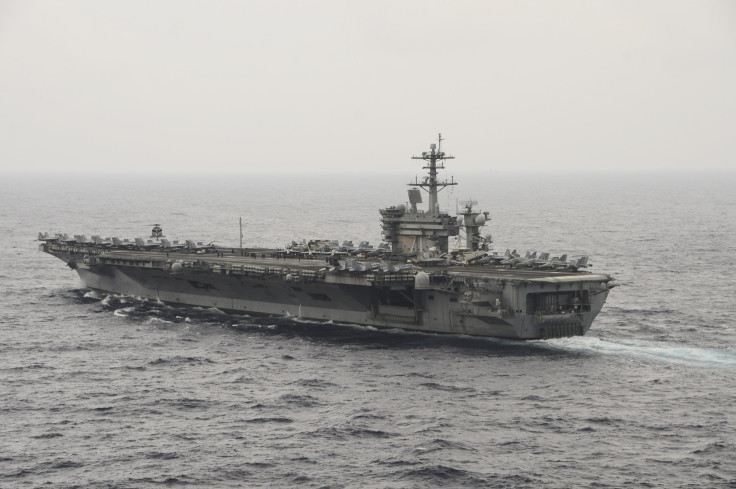South China Sea: Second US Navy Carrier Visits Vietnam Despite Coronavirus Scare

The USS Theodore Roosevelt, the fourth Nimitz-class nuclear-powered aircraft carrier in the United States Navy, has just completed a visit to Vietnam. The stopover marked the second aircraft carrier to visist the country in two years since March of 2018 when the USS Carl Vinson paid a call. This latest visit comes at a time when the COVID-19 pandemic is dominating world news headlines.
The U.S. Ambassador to Vietnam, Daniel Kritenbrink, said in an embassy statement that "visits like these not only strengthen the United States' partnership with Vietnam, but they also continue to ensure peace and stability and freedom of commerce across the region.”
From November of 1955 until April of 1975 the United States and Vietnam were engaged in a protracted war with the question of who “won” or “lost” still a matter of some debate. It took another 20 years before the ties between the two countries were normalized.
Meanwhile, China has grown as a superpower and it is no secret that they covet the #1 position held by the United States. In recent years Beijing has taken aggressive actions in the South China Sea, infringing on the exclusive economic zones (EEZs) of their neighbors to the south, armed with warships and a dubious claim to the entire South China Sea known as the Nine-Dash Line.
The election of Philippine President Rodrigo Duterte in 2016 has proven to be favorable to China as well. The Philippines has been a staunch U.S. ally since the early 1900s, fighting arm-in-arm with the U.S, to defeat Japan in World War 2 and through the Vietnam war. Since his election, Duterte has indicated that he would prefer to side with China instead of the U.S.
In what may be a reaction to Duterte’s growing distaste for all things American, the U.S. aircraft carrier visits may be a signal that Washington is “cozying” up to Vietnam to maintain a strong military check on China in case Duterte continues to drift toward the Communist country.
Added to the “mix” is that Vietnam has emerged as the most vocal opponent of China's extensive territorial claims to the sea and has been buying U.S. military hardware. Recently, Vietnam and China became engaged in a months-long standoff over incursions by Chinese survey vessels into Vietnam's EEZ.
To get approval for an aircraft carrier visit in Vietnam requires a unanimous consensus among Vietnam’s 19-member Politburo that seems to be split between favoring closer relations with the United States or remaining aligned with China.
The question is if the U.S. motives are to “strengthen the United States' partnership with Vietnam” as the U.S. ambassador thinks or is it to create a “hedge against China's regional influence by stirring up conflicts between China and regional countries” as put forth by China’s daily tabloid, the Global Times.
The Global Times slant is that the U.S. can avoid a direct military conflict with Beijing and be"able to thwart China’s “development using Vietnam as its pawn." It remains to be seen how large a factor the coronavirus pandemic will play in the South China Sea disputes.
© Copyright IBTimes 2024. All rights reserved.




















